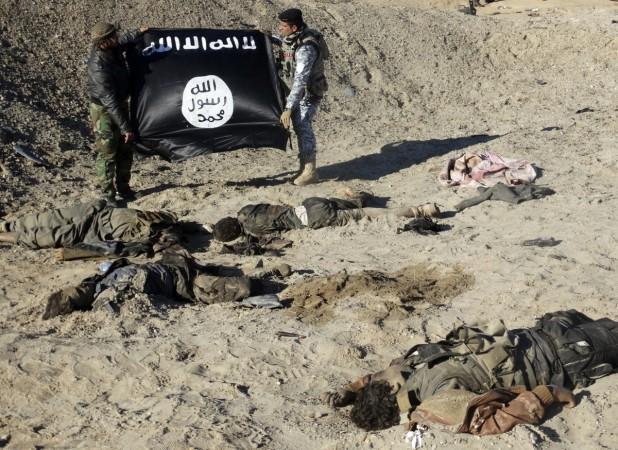
A new study titled "Examining ISIS Support and Opposition Networks on Twitter" reveals how Isis supporters and their opponents have engaged on social media through twitter.
In the study published by RAND corporation, researches addressed three basic questions during their study:
1. How can we differentiate Isis supporters and opponents on Twitter?
2. Who are they, and what are they saying?
3. How are they connected, and who is important?
The key findings
Engagement
During the study period, it was found that Isis opponents generally outnumbered supporters six to one. Isis supporters, however, routinely outtweeted opponents, producing 50 percent more tweets per day.
Content and Demographics
Lexical Analysis Reveals Four Metacommunities in the Twitter Isis Conversation: Shia, Sunni, Syrian Mujahideen, and Isis supporters
• The Shia group condemns ISIS and expresses a positive attitude toward the international coalition and Christians.
• Syrian Mujahideen (anti-Assad movement) supporters have mixed attitudes toward ISIS and generally negative attitudes toward the international coalition.
• ISIS supporters highlight positive themes of religion and belonging; insult Shia, the Syrian regime, and the international community; and pursue sophisticated social media strategies to spread their message.
• The Sunni group is highly fractured along national lines, so different themes resonate differently within this community.
Patterns of Connection Among the Metacommunities Suggest Inroads for Influence
• The core of the Syrian Mujahideen metacommunity serves as an important connection between the Shia metacommunity, some Sunni communities, and the ISIS Supporters metacommunity, who are otherwise disconnected.
• The Egyptian, Saudi Arabian, and Gulf Cooperation Council communities form the core of the Sunni metacommunity, by far more fractured than the Shia, Syrian Mujahideen, and Isis supporter metacommunities.
• Within the Sunni subcommunities, the Yemeni community has the highest percentage of Isis supporters and is sharply divided between Isis supporters and opponents.
Recommendations of the researchers
• Research institutions should continue to use the model targeting the terms DAESH versus Islamic State for ISIS to gauge worldwide activity of ISIS supporters and opponents. The U.S. government may use such models to test the impact of anti-Isis programs.
• ISIS opponents are plentiful but may require assistance from the U.S. State Department, in the form of social media trainings and other engagements, to enhance the effectiveness and reach of their messaging. Of course, with al-Qa'ida and its affiliates counted among the ISIS opponents, care will have to be taken in selecting those suitable to train and empower.
• Twitter should continue its campaign of account suspensions: This campaign likely harasses ISIS Twitter users, forces them to lose valuable time reacquiring followers, and may ultimately push some to use social media channels that are far less public and accessible than Twitter.
• U.S. military Information Support Operations planners, as well as State Department messengers, should continue to highlight ISIS atrocities. The Twitter impact of the burning of the Jordanian pilot as well as previous findings suggesting a relation between ISIS atrocities and ISIS opposition on Twitter indicate that such atrocities may galvanise opponents.
• Nations and organisations (such as U.S. military and State Department messengers) looking to counter-message Isis on Twitter should tailor messages for and target them to specific communities: The ISIS Twitter universe is highly fragmented and consists of different communities that care about different topics.














